Sea Lettuce – Edibility, Identification, Distribution
Ulva lactuca and Ulva rigida
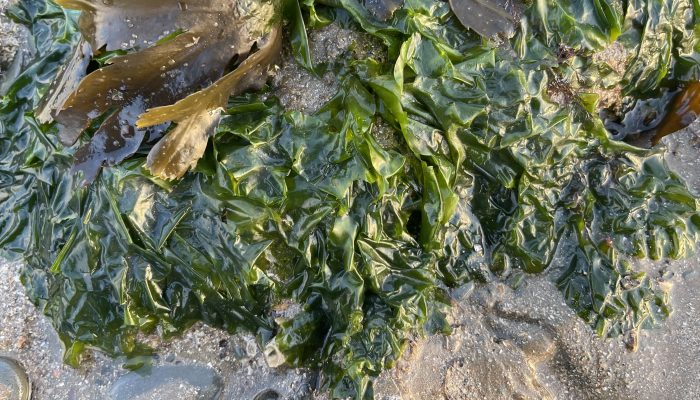
Sea lettuce, Galloway, March
- Habitat: A common and easy to identify seaweed found in rockpool edges and clinging to rocks and (epiphytically) to other larger seaweeds, between mean high and low tide marks on sheltered to semi-exposed coast.
- Distribution: 4/5 – Common within its season and habitat, seldom hard to find
- Identification: 5/5 – Vibrant, thin green sheets, up to 45cm long (usually less). Pale green when young, bright green when mature, dark green when old. If it looks tubular you probably have gutweed, which can be used in similar ways but is much harder to clean.
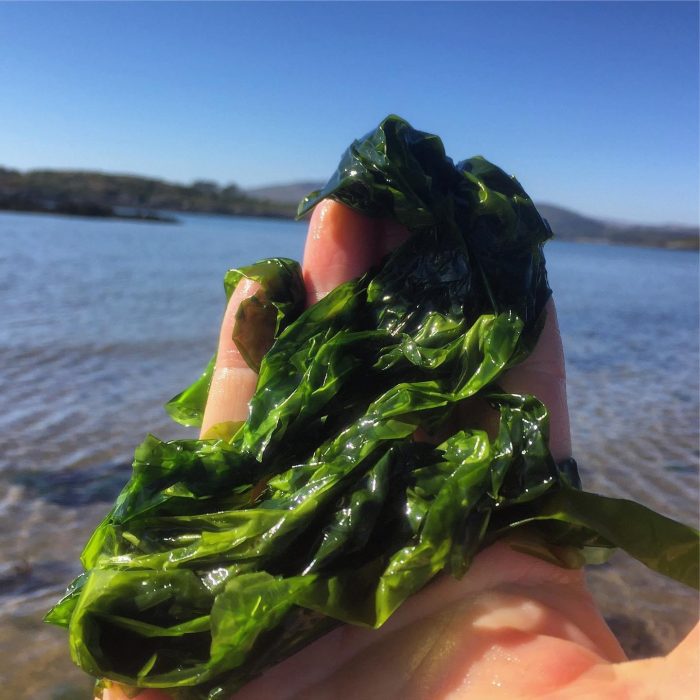
Sea lettuce, Galloway, May
- Harvest: Best February – July, still useable up to September
- Edibility: 5/5 Sea lettuce is pleasant if unspectacular fresh, becoming truly delicious when dried – with a rich deep cucumber-umami flavour. Dehydrate and eat as crisps, or crumble over soups, stews, salads, fish, sushi etc. Not really one for cooking, but excellent in pickles (I love it in pickled sea sandwort). Very high in protein. Wash thoroughly and dry in a dehydrator, warm, airy spot, or in the sun until bone dry and crumbly.
Sea lettuce is high in umami and I use it in my Umami Pickle, made with pepper dulse, dried cep, cloveroot syrup and ground ivy vinegar. Its culinary dynamite.
Related pages:
For in-depth films on sugar kelp, and lots, lots more, check out my Seaweed Webinar.
“The webinar was amazing! You are a good storyteller. Scientific information, combined with tips and beautiful picturing. 👏” – Kanlenaki on Instagram
“This was absolutely brilliant, thank you so very much for being so generous with your knowledge! The webinar format of videos and live worked fantastically!” – Sarah Hobbs, Webinar chat comments
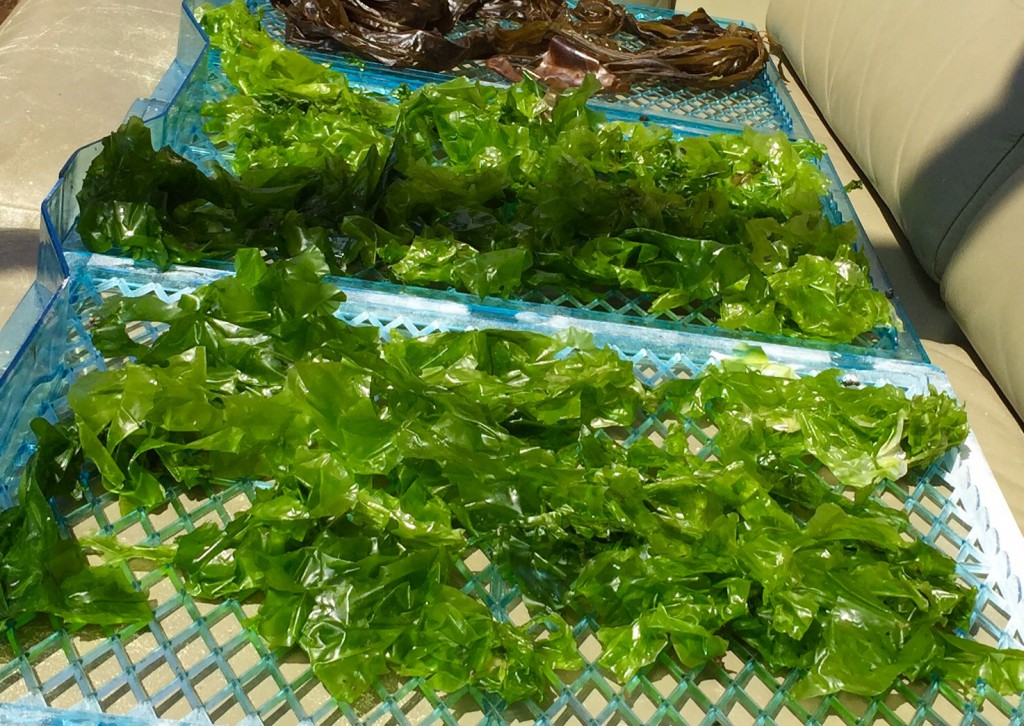
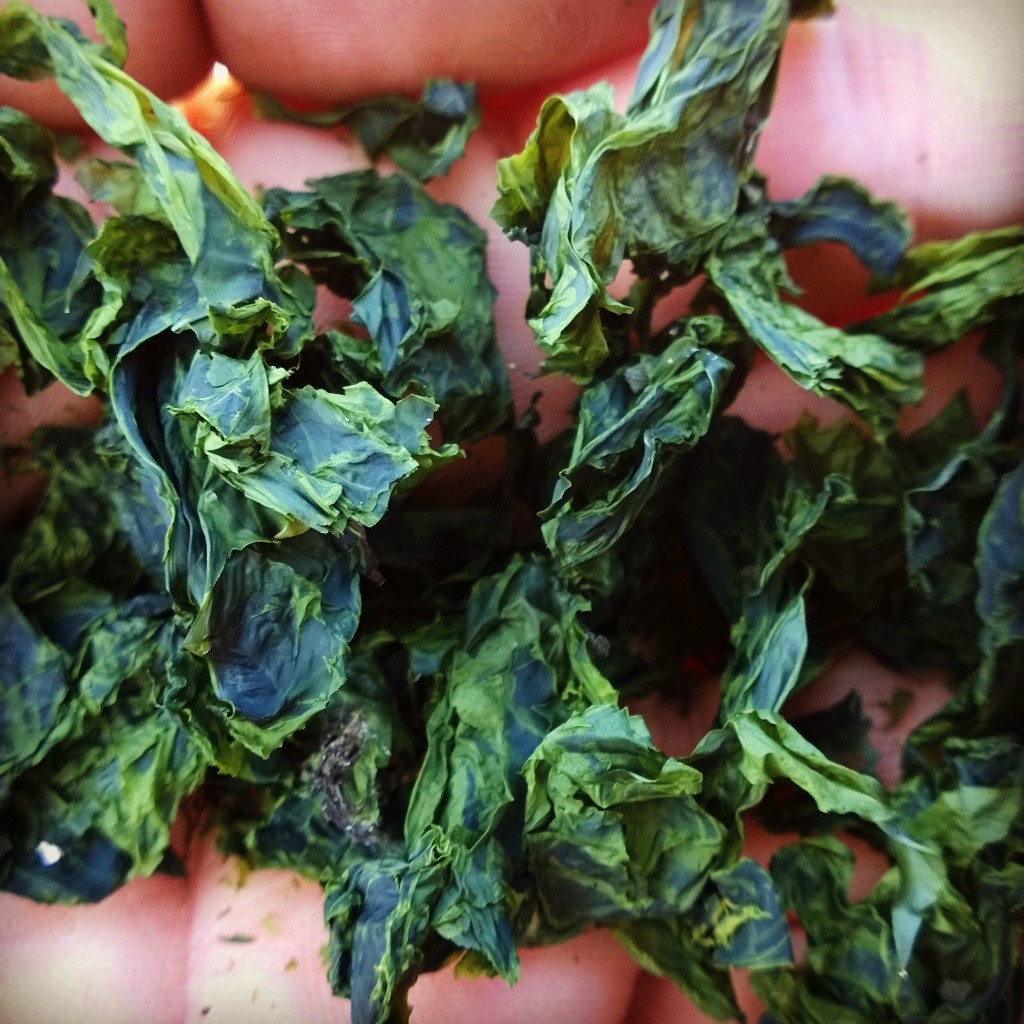
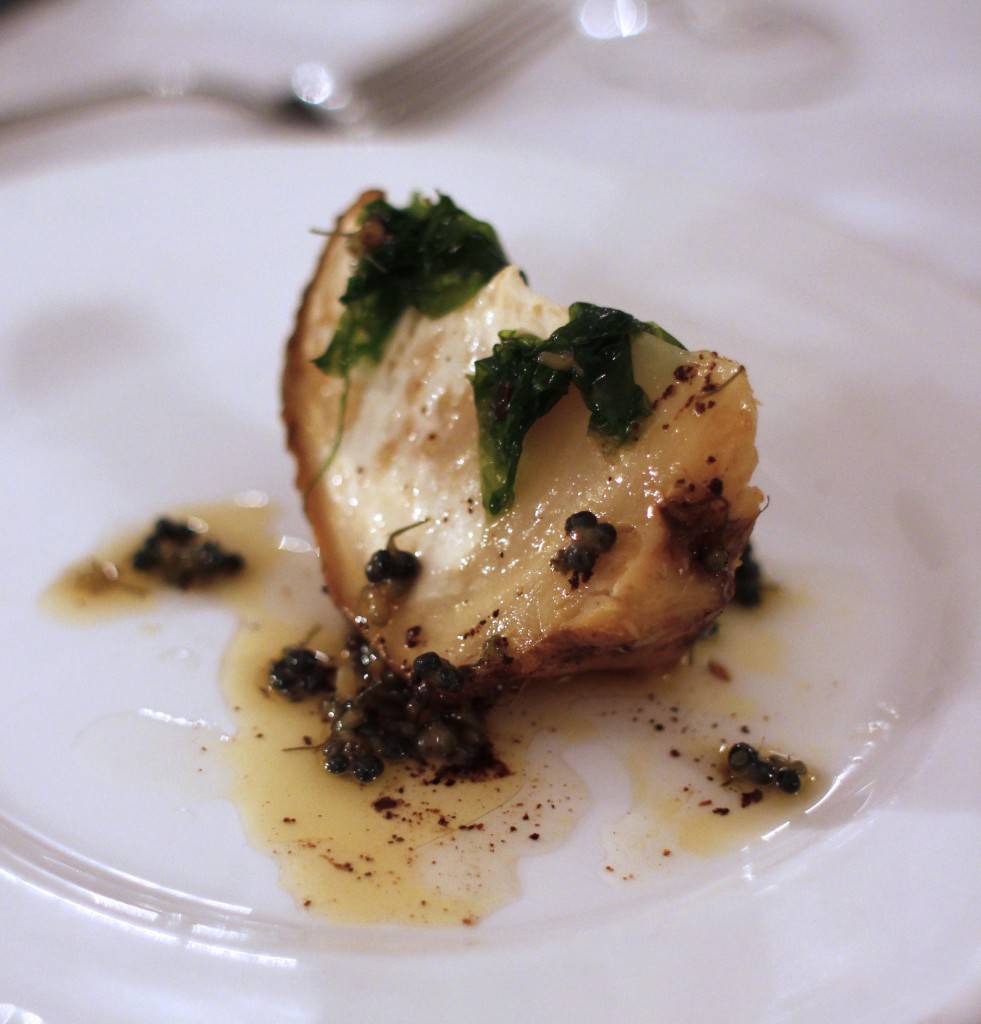
10 Comments
Hi Mark,
really nice to see you have time to update us all on seasonal edibles, and have gone to a lot of trouble to produces a colourful and very tasty looking website.
Only one problem, it my be my lack of techy experience, or my pc but I cannot seem to read the descriptions of the wild food your are so expertly giving advice on. The beautiful and very colourful backround picture is obscuring the text and making it near imposible to read. Please tell me I need to press another button as I am a keen follower of your website and blogs.
kind regards.
Ross
Hi Ross,
Thanks for your nice feedback and for flagging up this issue.
Since redesigning over the winter/early spring, I haven’t heard of any other issues like this (most people have found it clearer than the old website), so I suspect the issue may be with your PC, browser, monitor or, hopefully, just your brightness/contrast settings (on both computer and monitor)? Please have a play around with all the above and let me know if you are still having problems.
If viewing issues persist, it would be really useful to know what computer, monitor, browser etc you are using so I can work out where the issue is and explore fixes at my end.
Thanks again for taking the time to flag this up.
Cheers,
Mark.
Hi, I live in Australia and down the south coast from me is a fishmonger who sells pickled sea lettuce do you have a recipe for such a thing if you do would you please share it with me, I thank you in anticipation
Alan Pernice
I pickle mine in a 3:2:1 solution. 3 parts water : 2 parts vinegar : 1 part sugar, salt added to taste. I pre-infuse the vinegar and sugar with complimentary wild herbs/spices. Not much point going into them, as I expect you have a quite different set of botanical to choose from in Oz!
Your page is very informative I only wish I’d found it when I was a lot younger have a great day ,,
AL
Thanks Alan, glad you find it useful! Mark.
Great post, thank you! Do you know why you can’t you eat sea lettuce from September? Found some today and was hoping to use it.
It tends to go out of condition later in the year, but if you find it in good condition, no reason not to eat it.
Do you process your pickled sea weed in a hot water bath after adding the brine? Do you store it in the fridge, or dry storage? And how long do you find it keeps well? Thank you so much!!!
I cold pickle sea lettuce in a 3 water-2 apple cider vinegar -1 sugar solution, then keep in the fridge. Usually I add it to other pickles – like pickled mushrooms. Adding it in dried form to pickling mixes works well.